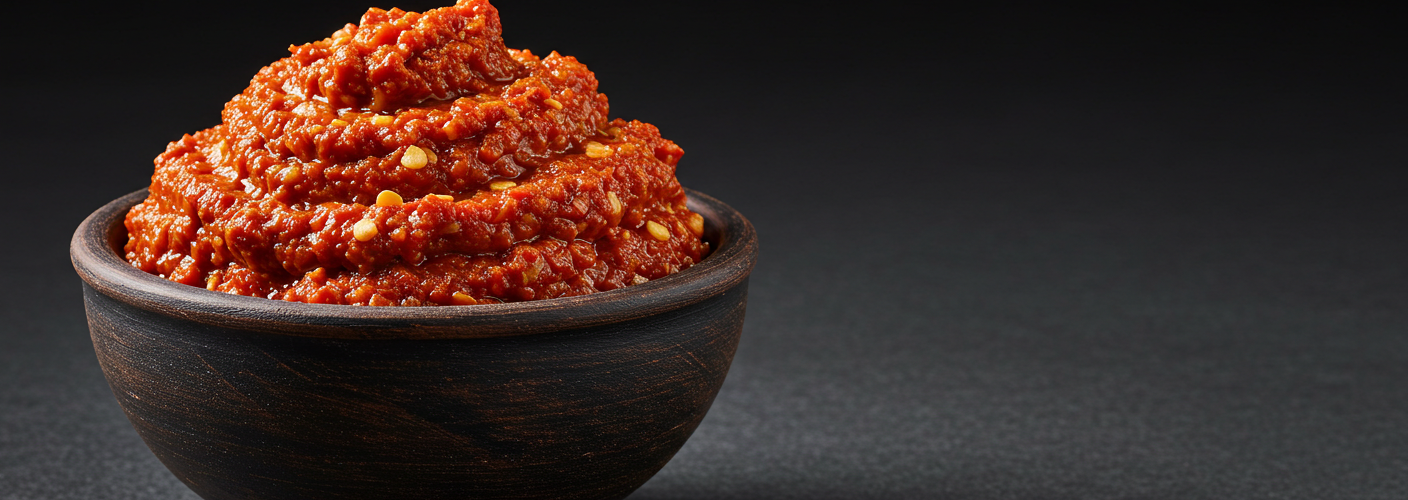Harissa, a vibrant hot chili pepper paste, has become a staple in kitchens worldwide, transcending its North African roots. This fiery condiment is not just a flavor enhancer; it is an embodiment of culinary tradition and cultural history. Made from a blend of roasted chili peppers, garlic, spices, and olive oil, harissa offers a rich and complex taste that can elevate a variety of dishes, making it a must-have for spice lovers everywhere.
Origins and Cultural Significance
Harissa hails from Tunisia but is enjoyed across North Africa, including in Morocco and Algeria. It reflects the rich tapestry of cultures in the region, where food is a unifying force that brings people together. The precise ingredients and preparation methods can vary by household, and local markets often feature artisan versions, each with its unique flair. For many North Africans, harissa is not just a condiment; it’s a symbol of home and heritage, often made using traditional recipes passed down through generations.
Ingredients of Harissa
The primary ingredient in harissa is the chili pepper, typically roasted to enhance its flavor. The heat level can vary depending on the type of pepper used, from mild to fiery. Common varieties include the Serrano, Piri Piri, and Baklouti. Alongside the chilies, garlic contributes warmth and depth, while spices like cumin, coriander, and caraway seeds add aromatic complexity. Olive oil acts as a binding agent, giving the paste a smooth consistency.
What makes harissa particularly appealing is its adaptability. While the traditional recipe centers around chili peppers, garlic, and spices, regional adaptations often incorporate ingredients like tomatoes, lemon juice, or even nuts. This means there’s a harissa for every palate, whether you prefer it smoky, spicy, or tangy.
Culinary Uses
In the kitchen, harissa shines in countless applications. It’s commonly used as a marinade for meats and fish, infusing them with a robust flavor that makes for truly memorable meals. A spoonful can transform soups, stews, and couscous, adding depth and warmth to these comfort foods. Harissa can also serve as a zesty dip when mixed with yogurt or served alongside pita bread and vegetables.
For a simple yet delicious dish, try mixing harissa into roasted vegetables or a grain bowl; it elevates the flavors and adds a kick that will leave your taste buds dancing. For those looking to explore fusion cuisine, harissa can be incorporated into pasta dishes, salad dressings, or even pizza toppings, showcasing its versatility beyond traditional recipes.
Health Benefits
In addition to its bold flavors, harissa also offers several health benefits. Ingredients like chili peppers are rich in vitamins A and C, while garlic has long been known for its medicinal properties, including its ability to boost the immune system. Studies suggest that spicy foods can even speed up metabolism, making harissa not just a flavorful addition, but a potentially healthful one as well.
Conclusion
Incorporating harissa into your cooking can enhance flavors and transform ordinary dishes into extraordinary culinary experiences. This hot chili pepper paste, with its rich history and versatility, invites you to explore the dynamic world of North African cuisine. Whether you are a seasoned chef or a curious home cook, harissa offers an adventure worth embarking upon. Embrace the heat and let harissa inspire your next meal!




Add comment